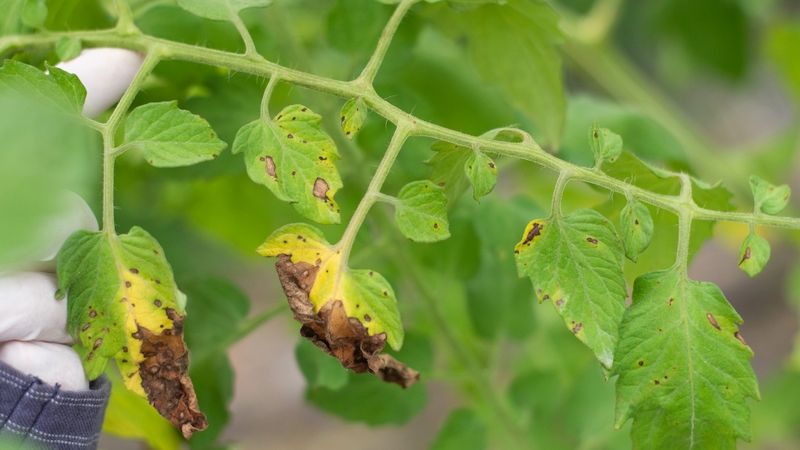Grafted Vegetables Could Be Critical New Production Tool

When it came to specialty crop pest control, the terms “foolproof” and “methyl bromide” were nearly synonymous. In many ways, it was the “magic bullet” that helped growers manage some of the most troubling pests in production.
Under the Montreal Protocol and the Clean Air Act, methyl bromide has been phased out except for diminishing critical exemptions each year. This has set the scientific community off in a search for replacements for the former go-to material in growers’ arsenals to manage key pests.
Recently, the International Research Conference on Methyl Bromide Alternatives and Emissions Reductions was held in Maitland. The event drew researchers from around the world to discuss the latest research on replacements for methyl bromide and how different countries have dealt with the phase-out.
Grafting Gets Noticed
More and more growers are investigating grafting vegetables as a means of improving production and quality. Because grafting has shown benefits in fighting nematodes and disease pressure, it was emphasized during the conference. The Vegetable Grafting Symposium was held in conjunction with the event.
Nancy Roe provided attendees a grower’s perspective on how grafting can help production. She owns Farming Systems Research in Boynton Beach. Her farm includes 10 acres of mixed seasonal vegetables and is in production from 10 to 11 months per year.
She said she has approached grafting with a number of questions: Will it help with disease resistance (fusarium, viruses, and bacterial)? Will it provide nematode resistance? Will it help crop vigor and build a stronger root system?
She reported a good success rate with as high as 60% of grafted plants going into production. They produced the grafted plants on the farm. However, she cautioned it would be difficult for most smaller farmers to graft because of the careful monitoring required of the growth of the scion and rootstocks.
In addition, cost is a limiting factor. Grafted transplants cost around $1 each (not including shipping costs) versus 15¢ for standard transplants. Workers will need training on handling and planting grafted plants. She also cautioned these plants will “take off like a rocket” in a hydroponic system. Growers will need to be prepared for a change in growth habit in grafted plants when compared to non-grafted.
Despite the inherent challenges, Roe said grafting vegetable plants could allow growers to use land more efficiently and sustainably.
Breeding Stock
Bryan Zingel, Sakata Seed America product manager for tomatoes and peppers, discussed the challenges of breeding a commercial rootstock during the symposium. He said seed companies are looking for rootstocks with multiple disease resistance, good germination and uniformity, easy grafting, and high vigor.
He noted seed companies are taking notice of the increasing popularity of grafting. He said developing rootstocks with multiple disease resistance packages takes a lot of time to perfect and develop. In addition, rootstock and scion compatibility must be addressed. Strong vigor scions generally need medium vigor rootstock and vice versa. “We have to supply a rootstock variety that is suitable for its scion,” he said. Finally, the balance between yield and quality (taste) also must be taken into account in the breeding process.










